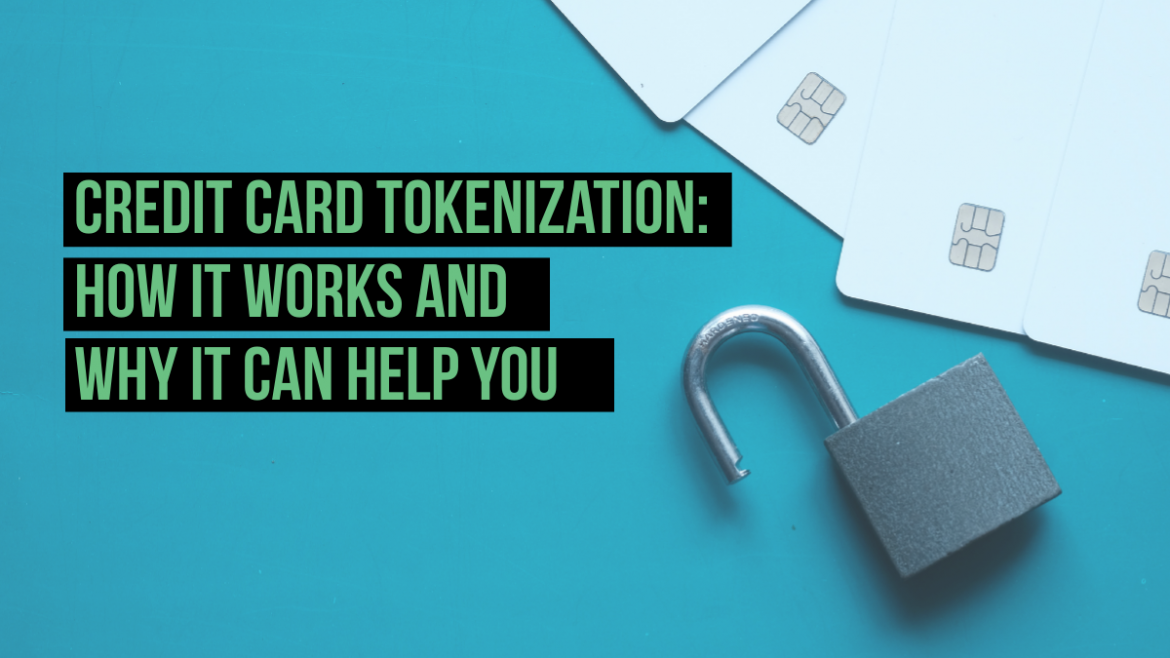Many credit card holders have nightmares about what would happen if a hacker broke into a merchant’s computer system and stole their credit card information. Chances are, they would use that information to charge thousands of dollars to your account. But what if, instead of your sensitive information, the hacker only got a pointless jumble of letters and numbers?
That’s the basic principle behind credit card tokenization. Read on to learn more about how tokenization works and how it keeps your data safe.
What Is Tokenization?
Simply out, “tokenizing” something means replacing it with something else that becomes useless outside of the right context. For instance, imagine you go to a fair and buy a bunch of tokens to play games. While you’re at the fair, the tokens are worth the exact amount of money you paid for them. Once you leave the fair, the tokens become worthless.
The same system applies to credit cards. When a customer buys something from a merchant who uses tokenization, their system will intercept the user’s card information. Then, it replaces it with a string of random letters and numbers. Instead of the customer’s name, account number, and card expiration date, they’ll get a token such as GX71PG51NT.
Tokenization vs. Encryption
From that simple description above, tokenization may seem very similar to encryption. Though they do serve the same purpose (payment data security), tokenization and encryption are quite different. Where tokenization replaces cardholders’ data with a stand-in token, encryption works by encrypting that data at the origin, then decrypting it at the end.
Both of these processes can be key parts of payment technology, but tokenization is quickly becoming the preferred option for many merchants. There are two reasons for that: tokenization is more cost-effective and reduces the scope of PCI compliance. Unlike encrypted data, a token can’t be reversed with a decryption key, and the PAN data is never shown.
The Benefits of Tokenization
The obvious benefit of credit card tokenization is that it keeps customers’ credit card information out of the wrong hands. Since the payment gateway is the only place that can map tokens to their original values, there’s no danger of anyone else seeing cardholders’ sensitive data. This is one of the most reliable methods of reducing fraud and business costs.
Another advantage of tokenization is that it can protect any type of data. In the U.S, it’s used mostly for credit card processing, but in many parts of the world, merchants are legally required to tokenize passwords, addresses, employee files, patient records, and more. If you’re selling internationally, tokenization makes it easier to comply with privacy requirements.

